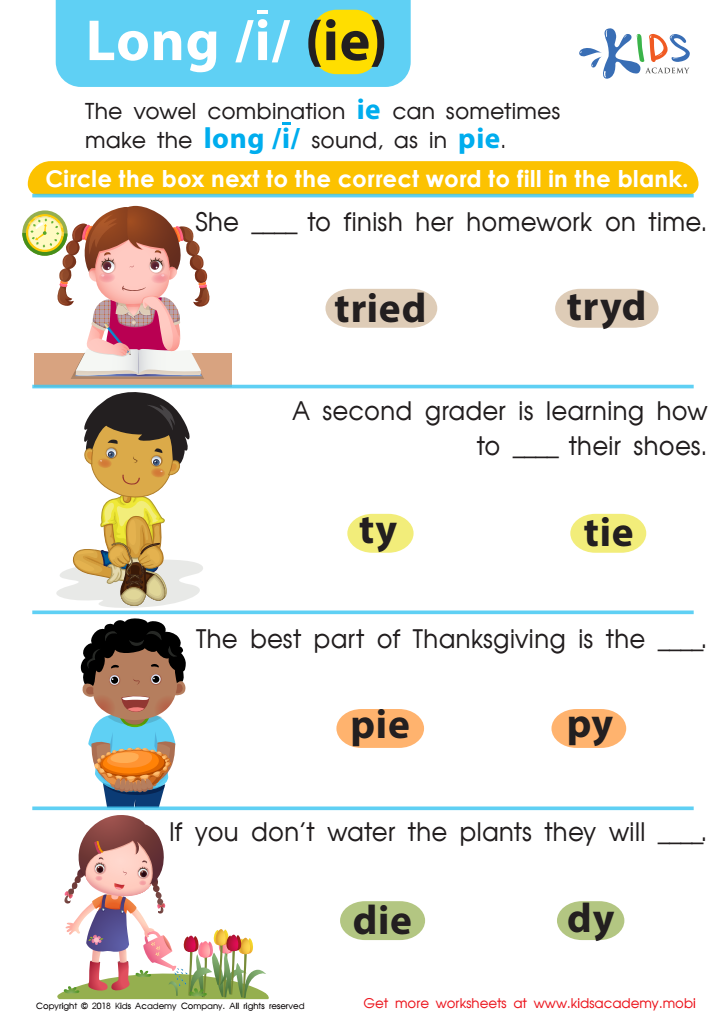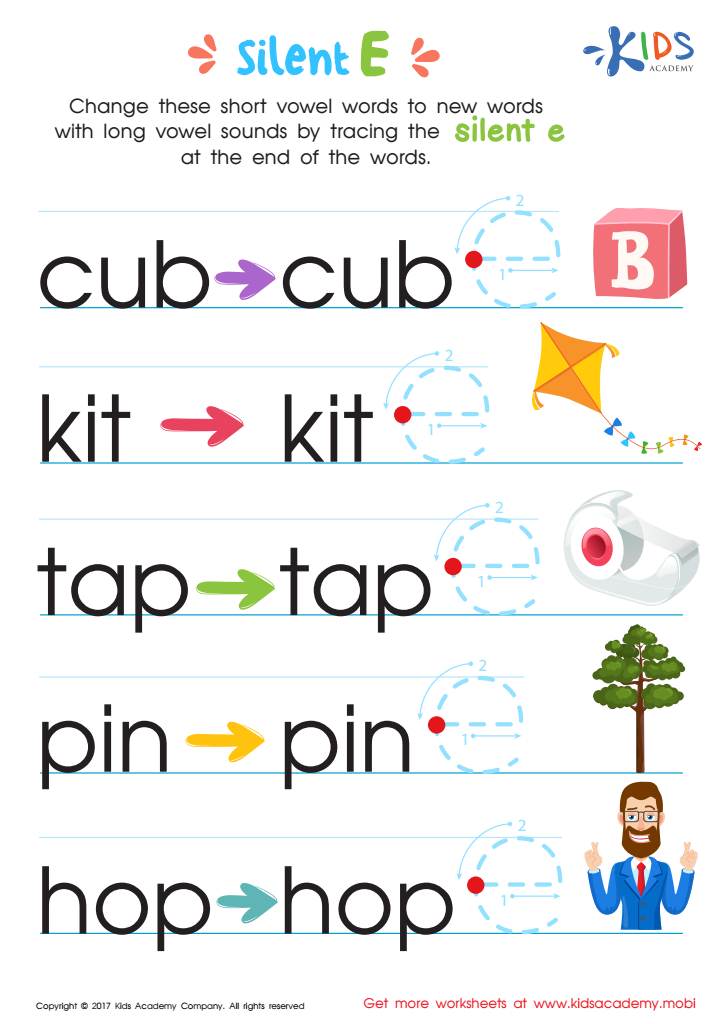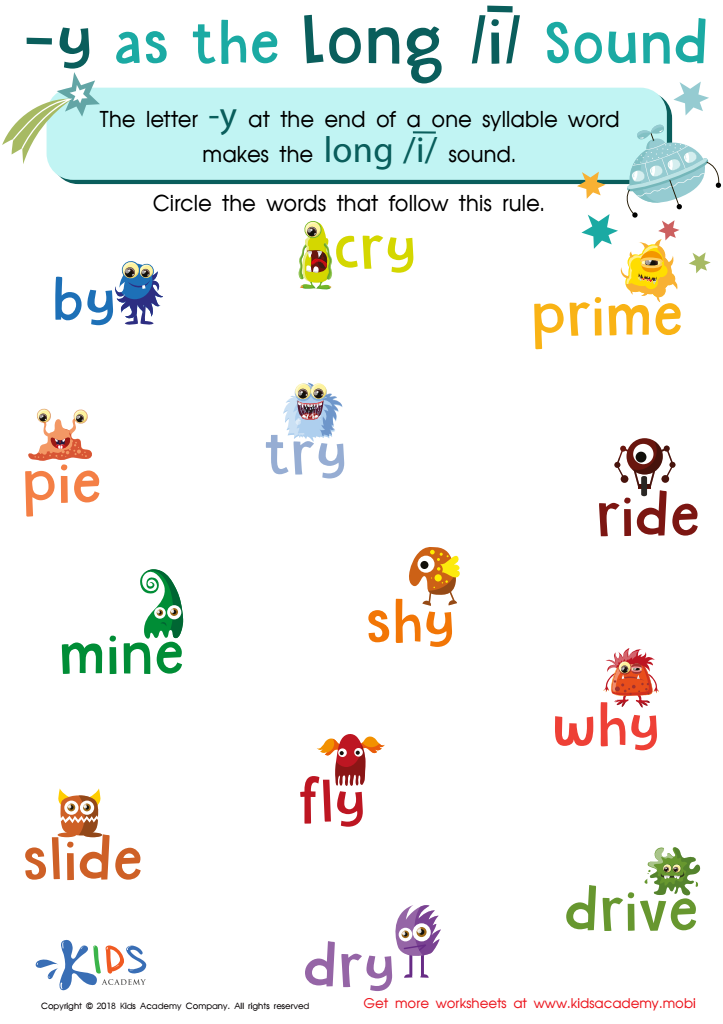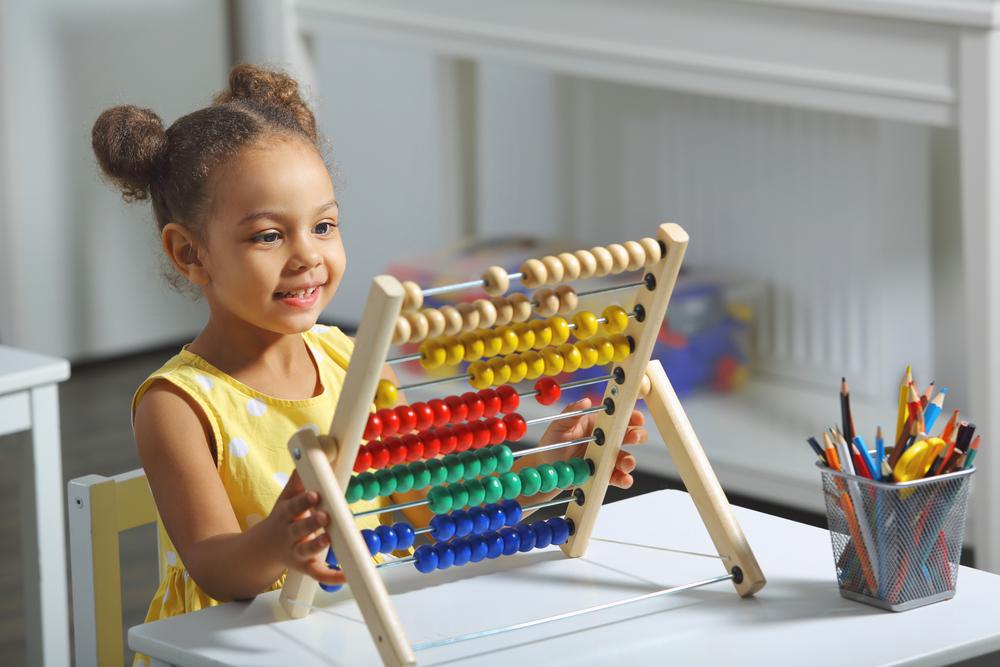Phonics skills improvement Normal Worksheets for Ages 3-8
6 filtered results
-
From - To
Enhance your child's phonics skills with our engaging Normal Worksheets, designed specifically for ages 3 to 8. These printable resources are perfect for reinforcing fundamental literacy concepts, helping young learners improve their understanding of sounds, letters, and word formation. With a variety of fun activities, including matching games, letter recognition, and sound pairing exercises, children will develop essential phonetic skills in an enjoyable way. Ideal for both classroom and home use, our worksheets cater to different learning styles and encourage independent practice. Start your child's literacy journey today and watch their confidence soar as they master phonics!


Reading: Long I and IE Worksheet


Beginning Blends: "Bl" Words Worksheet


Silent E Sentences Worksheet


Long and Short U Worksheet


Silent E Words Worksheet


Reading: Y as Long I Worksheet
Phonics skills are foundational for literacy development in children aged 3-8, making them a critical focus for parents and teachers. Phonics involves the relationship between letters and sounds, providing children with the necessary tools to decode words and support their reading abilities. When children develop strong phonics skills early on, they gain confidence in their reading, fostering a positive attitude toward learning.
Improving phonics skills can lead to better reading comprehension, enabling children to understand and engage with texts more effectively. This comprehension is crucial for academic success across all subjects, as reading is the cornerstone of learning. Furthermore, children with solid phonics knowledge are less likely to struggle with literacy later in life, reducing the risk of falling behind in school.
Teachers and parents play a pivotal role in this developmental process. By implementing fun and engaging phonics activities, they can cultivate a love for reading and help children progress at their own pace. Effective phonics instruction can bridge learning gaps and ensure that every child has the opportunity to become a competent and confident reader, setting the stage for lifelong learning and enjoyment of literature. Investing in phonics skills is essential for nurturing future readers.

 Assign to My Students
Assign to My Students





















